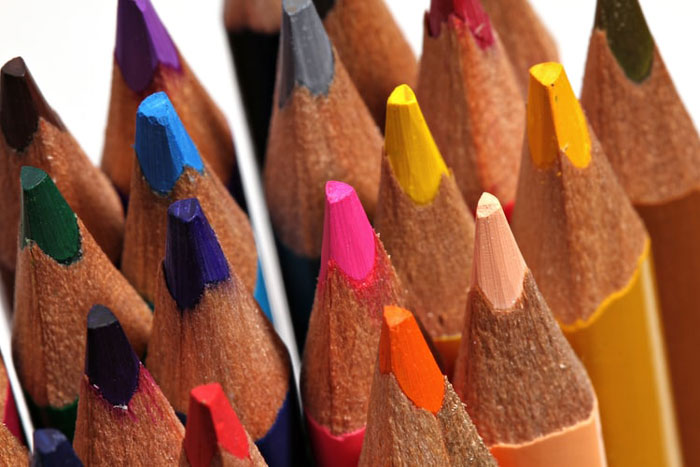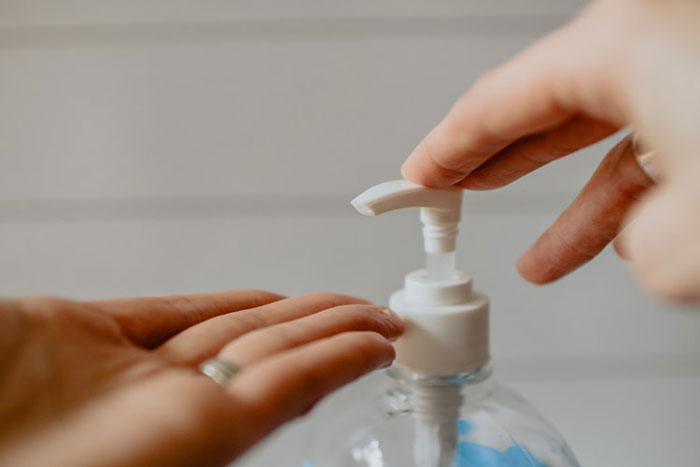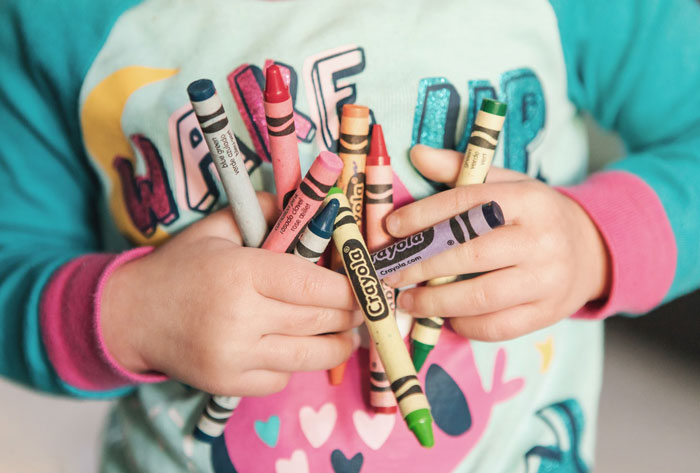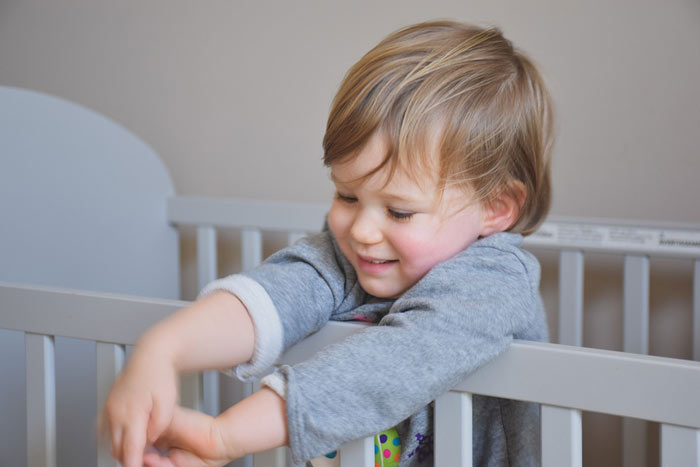Do Your Kid’s School Supplies Contain These Dangerous Chemicals?
You hardly think, as you pack your kid’s school bag, that some of the things you put in may be actually harmful for health. School items could contain dangerous substances that may affect your little one’s condition without you being aware.

Regarding backpacks
When purchasing backpacks, look closely at the label to ensure that they don’t contain stuff like vinyl, or PVC (polyvinyl chloride), or have “3” as the recycle number. Those backpacks that are shiny are likely to be made of vinyl with PVC, lead, and contain quite a lot of phthalates. Phthalates can provoke metabolic disorders (diabetes, obesity), endocrine disruption, and intensify the asthmatic condition. (It also goes for binders and pencil holders.)
If you need a new backpack, look for ones made from linen, cotton, hemp, other natural fibers; canvas or synthetic-fibers ones will also do (nylon and polyester).
Regarding hand sanitizers
The unsettling thing is that many hand sanitizers are made using triclosan and suchlike synthetic microbial chemicals. The registered pesticide triclosan is noxious stuff that was found to be toxic to aquatic animals and linked with endocrine disruption. Moreover, it can enhance the risk of developing breast cancer.

Some hand sanitizers put germs down with alcohol and essential oils instead of triclosan and microbials – you will be safer with those.
Regarding plastic lunch boxes
Although the plastic box you bought for your schoolchild may have been labeled “for children,” chances are high it’s made of vinyl plastic with phthalates. Plastic is treated with phthalates because it becomes more flexible and easier to process, despite the fact that it is unhealthy, with ill effects like asthma, diabetes, interference with reproductive and cognitive development.
When the child’s food and drinks contact with anything containing phthalates, they find their way into the child’s body. Make sure the lunch bags you buy have no phthalates and the label claims they are totally non-toxic.
Three-ring finger binders
The other way phthalate exposure can happen is through breathing in dust loaded with particles of phthalate. They can come from the three-ring binders your kid needs for different classes. Consider the infantile habit of putting things into the mouth – and they don’t need the thing to be edible to stick it into their mouth anyway, thus intaking poisonous substances.
You will avoid this contingency if you get better quality binders, say ones made of recycled cardboard, cloth, or wood, that won’t contain phthalates. Another indication that phthalates are present is a recycling symbol bearing a ‘3’ or a ‘V’ that stand for PVC – and these are phthalates.
Paper and notebooks

The most disagreeable paper products are those bleached with chlorine. Since paper mills that employ chlorine discharge an incredible amount of wastewater, this becomes an environmental hazard, polluting everything in the vicinity.
When looking for notebooks, favor those with processed chlorine free (PCF), recycled and unbleached paper. It is good if they can boast to contain post-consumer waste (PCW) recycled sheets.
Water bottles
There are so many plastic bottles around, both single-use and reusable, and we already know better than to use those containing BPA; still, BPA-free ones are hardly worth considering, either. They have other bisphenols present – BPS or BPF. So they are also apt to pass round endocrine disrupting chemicals. Moreover, BPA is not the only source of danger – plastic is believed to contain about 150 other noxious substances.
There’s no reason to use plastic at all. Glass or stainless steel will stand you in good stead.
Crayons
According to a study published 5 years ago, some crayons have in them asbestos, a cancer-conducing substance. If your crayons are hazardous, the manufacturer doesn’t have to inform you about it.

So you won’t know when you buy crayons with asbestos. To make sure your kid’s crayons are healthy, choose those based on soy, beeswax, or other natural ingredients.
Now, markers
Before shopping for markers bear in mind that many of them incorporate benzene – a compound affecting the functions of liver and kidney, known to be linked to leukemia and probably carcinogenic. Exposure to its vapors can result in drowsiness, headaches, and vertigo. Scan the packaging for “children’s product certificate” or “approved product” “AP” (as with crayons). Think in brands Crayola and Jot – both washable markers proved to be free of benzene and other similar chemicals.
Regarding art supplies
Check the labels; you should be able to find the warning “CL” (cautionary label), indicative of the presence of pernicious ingredients. You and your child will be comfortable with goods marked “AP” (approved product), CP (certified products), or HL (health label).
Unfortunately, these markings cannot be taken as a surefire guarantee that no poisonous chemicals can be found in the item, and you will do well to conduct a thorough inspection of everything you are going to buy.
Anti-lice medication
The common ingredient of most anti-lice medicines is pyrethroids, long used for the treatment. Pyrethroids belong to pesticides and embrace more than 1,000 insecticides. A distinctive feature of pyrethroids is that they pass the blood-brain-barrier – and that makes them harmful for the central nervous system. Consequently, they affect children’s everyday manners.

The most effective way for a child to avoid lice is not to engage in activities conducive to their spreading. Explain to them that if they put on other kids’ hats, helmets, hair ties, use other kids’ brushes and towels, they might get lice. Run a regular check on their hair. If you are suspicious, get a special shampoo containing natural anti-lice remedies – thyme, rosemary, tea tree.
If it came to the pass when treatment is necessary, find a medication without pesticides. It would be a product based on peppermint, tea tree, or rosemary oils that kill lice. Find special lice comb for your kid’s hair and put it to frequent use. Combs and brushes should be sanitized regularly. Discuss different solutions with a doctor to discover the approach for your family that would be just right.
